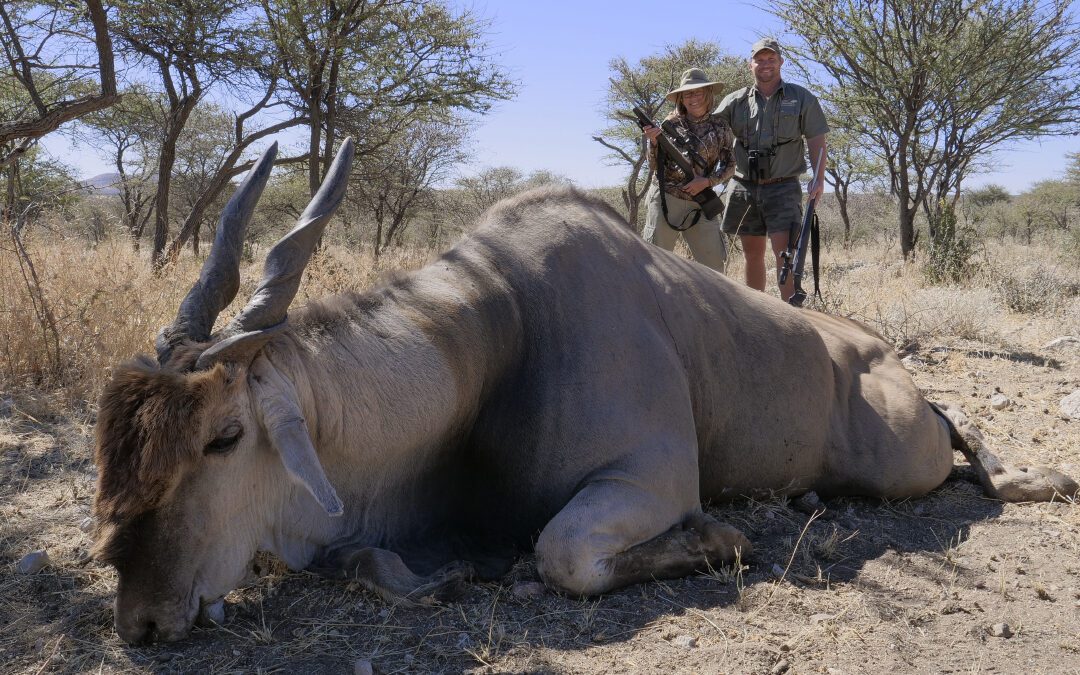Contradictory though it sounds, a military connection usually predicts cartridge popularity in the hunting fields.
Despite a few naysayers condemning martial cartridges as “nothing but mankillers,” most centerfire rounds that emerge from battle go on to long careers in mountains, plains and forests. Consider not just the 117-year-old 30-06 Springfield, but the 131-year-old 7x57mm Mauser, the 135-year-old 8×57 Mauser, the 6.5×55 Swede of 1892, even the 150-year-old 45-70 Government from Custer’s last skirmish. All still alive and booming.
These aren’t just cartridges. They’re dynasties. And, I imagine, more hunters see them as classic big game rounds than infantry rounds. The last 45-70 fired in defense of country was probably cool by early December, 1898. The last fired in defense of a bear attack might have been yesterday, it being one of the most popular bear defense rounds in Alaska.
On reflection this should come as no surprise. After all, these battle inspired bullet launchers were engineered to incapacitate bipedal mammals of about the same size as quadrupeds such as whitetails, mule deer, roe deer, mountain sheep or any of the world’s goats. Jigger the bullets, swap the FMJ solids for a heavier expanding slug, and they prove equal to the biggest deer and antelope, right on up to the Alaska Yukon moose and African eland, both of which have succumbed to the 30-06s with which I’ve addressed them.
Efficacy, however, is but a small part of their enduring popularity. Training, familiarity, availability and cost likely play a larger role. The sudden demise of the 222 Remington and 222 Remington Magnum shortly after the 223 Remington went to war illustrates this phenomenon.
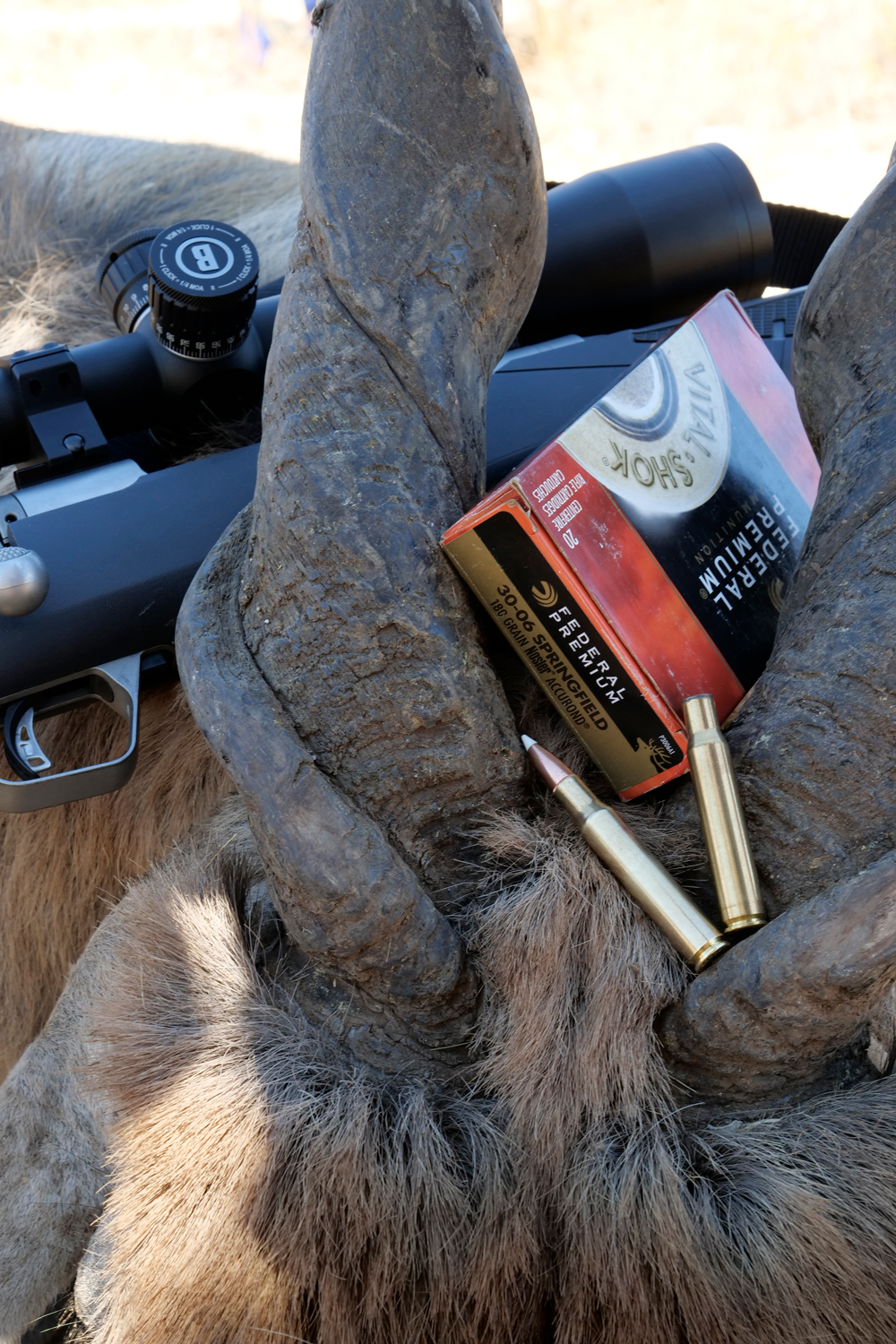
Yes, I know the 223 Remington never really went into battle. Our M16s were chambered for the lookalike 5.56 NATO, but check their dimensions and you’ll see they really are identical. The pertinent differences are in the chambers more than the cartridges. While military 5.56×45 brass might be slightly more robust, the more generously reamed 5.56 chambers with longer leades and tighter rifling twists are the differences that matter. Even the oft ballyhooed pressure differences turn out to be more about how the measurements are taken than what they truly are.
Our point here is that after several hundred thousand American boys and girls learned to shoot with a 5.56×45, after several million pieces of spent brass hit the ground, the 223 Remington sporting cartridge was climbing the Hot 100 chart with a bullet. Literally. Never mind that the 222 Remington was the proven accuracy champ and the 22-250 Remington and 220 Swift were significantly faster. Inexpensive and abundant ammo plus familiarity equaled popularity.
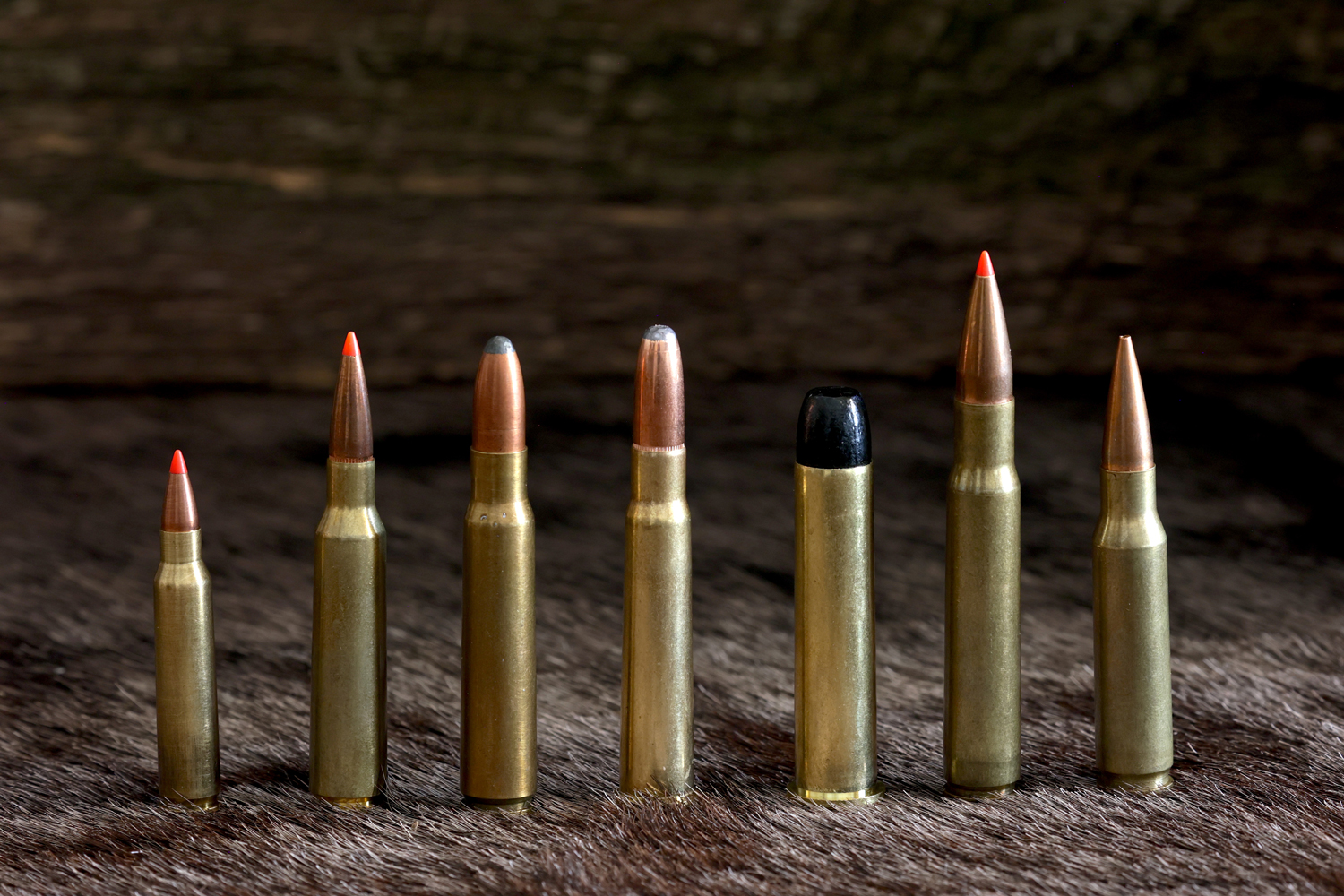
The 308 Winchester might be the most versatile, ubiquitous, inexpensive round for which to find rifles and ammo, but if you plan to hunt countries in which it is banned as a military round, you’d be better off with its 26-caliber offspring, the 260 Remington.
In the shooting world, familiarity does not breed contempt. It breeds wide acceptance, as happened with the 45-70. As happened with the 30-06 and the 30-06’s shortened offspring, the beloved 308 Winchester, one of the top-three-selling cartridges in the U.S., if not the world.
In the case of the puny 223 Remington, this climb to hunting prominence is all the more remarkable. This round isn’t exactly an intimidating tower of power. Not only is its 55-grain bullet 300 grains lighter than the 405-grain slug of the 45-70 Gov’t., it is 95-grains lighter than the 150-grain slug of the 30-06 Springfield and 308 Winchester, aka 7.62x51mm NATO. The hottest 55-grain 223 Remington freshly released from the muzzle is carrying less than a hot 150-grain 308 Winchester is packing at 400 yards.
And yet some take the 223 Remington moose hunting. Oh yes. And they are usually the pragmatic type roughing it in the wilds of Alaska where one doesn’t chance missing out on the winter meat supply. One doubts a sourdough would risk starvation to a cartridge that couldn’t deliver. Don’t take this to mean I condone, let alone recommend, moose shooting with a 223 Remington.
On the other side of the Atlantic we’ve seen similar success and longevity with the aforementioned 6.5×55 Swede and the two Mausers, but also the less heralded 303 British. While the 6.5 Scandinavian has been applied regularly to moose, reindeer, brown bears and lesser game, the 8×57 Mauser, especially in the upsized .323-inch diameter of the JS version of 1905, accomplished all of that plus lions, leopards, kudu and even buffalo in Germany’s African colonies. I imagine the round hastened the demise of a few pachyderms, too.
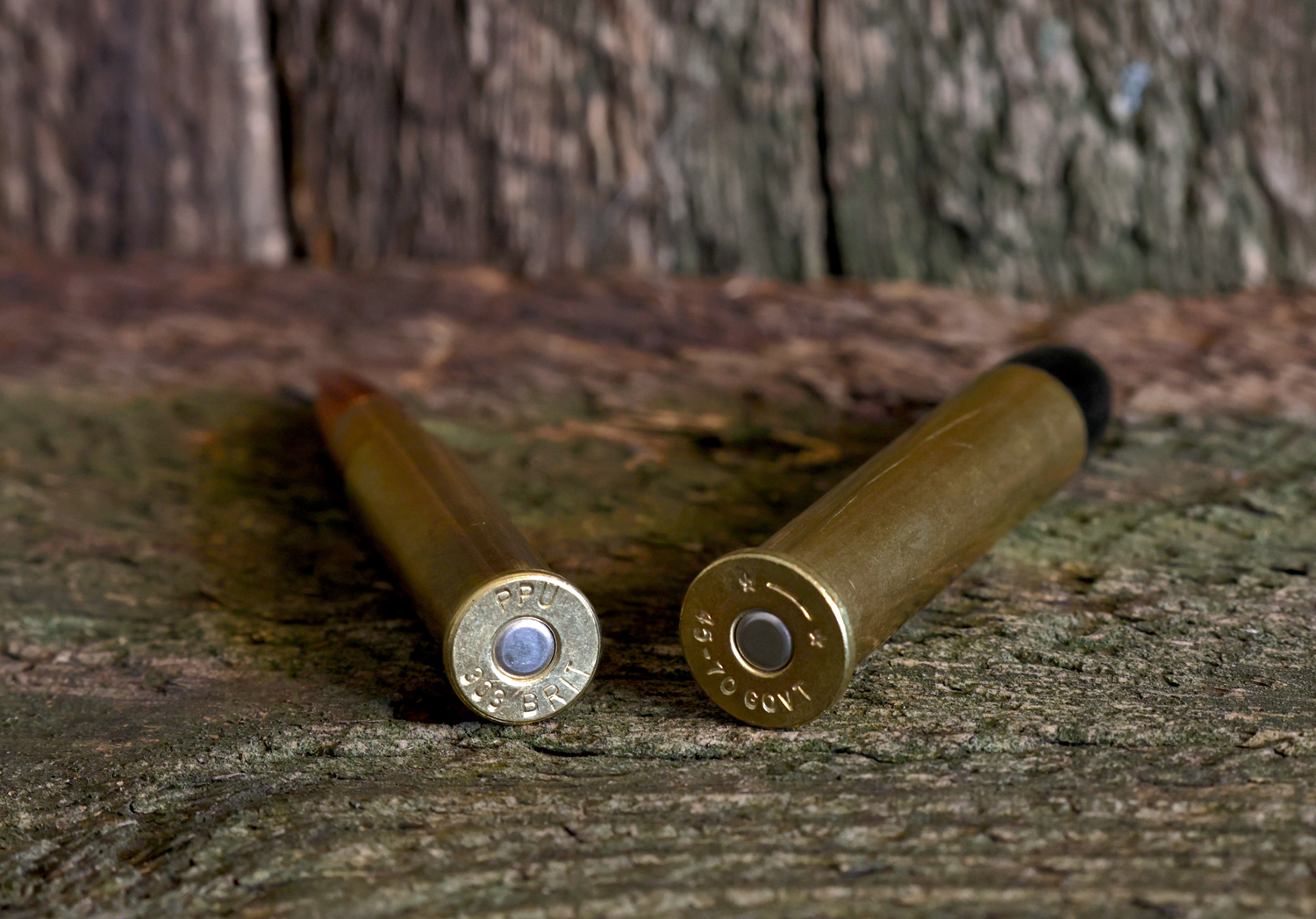
303 British and 45-70: These two rimmed 19th century martial cartridges refuse to die.
Successful though those were, none was a world beater to match the 303 British. This unusual .311-caliber launched in 1888. A few years later it was challenging the 7x57mm Mausers smuggled into South Africa by the Boers. After the dust and blood settled, both rifles and cartridges hung around to address the usual assortment of antelope, zebra, hogs and big cats. The 303 Brit., however, hopped ship to India, Australia, Canada and all the corners of the British Empire. It became a particular favorite of Canadians pursuing whitetails, mule deer, mountain goats, wild sheep, caribou, bears, elk and moose. To this day it likely holds the record for introducing the most moose meat to Canadian dinner tables.
Yet the Brits weren’t foolish enough to ignore the 7×57 Mauser. To remove its Teutonic taint, they just changed its name to 275 Rigby, and that soon went ’round the world, too, eclipsing the 303’s fame due to certain “social media influencers” of the era—famous elephant and tiger hunters who wrote about their exploits.
Despite the 303’s blanket distribution and the 275 Rigby’s dangerous game success, both take a back seat to the 30-06. Larger, heavier, more powerful and flatter shooting, the versatile 30-06 has become the “small caliber” equal to the 375 H&H as a do-all world beater. As early as 1909 it began its safari career in the hands of Theodore and Kermit Roosevelt. The former president’s 1903 Springfield rifle was actually an original 30-03 chamber, but he could have been, and likely was, shooting the new 30-06 cartridges in it. His successes inspired writer Stewart Edward White to carry a 30-06 stocked by Ludwig Wundhammer and fitted with a Lyman aperture sight on his 1911 safari.
“…the trajectory was remarkably good, and the killing power remarkable…,” White wrote. “In fact, the paralyzing shock given by the Spitzer is almost beyond belief…. The Springfield dropped nearly half the animals dead with one shot.”
By the time Hemingway shot rhino and most of his plains game with a Griffin & Howe custom 30-06 Springfield in 1933, the military cartridge—still destined for yeoman’s duty in WWII—was widely regarded as one of, if not THE finest game cartridges in the world, hang the military genesis.
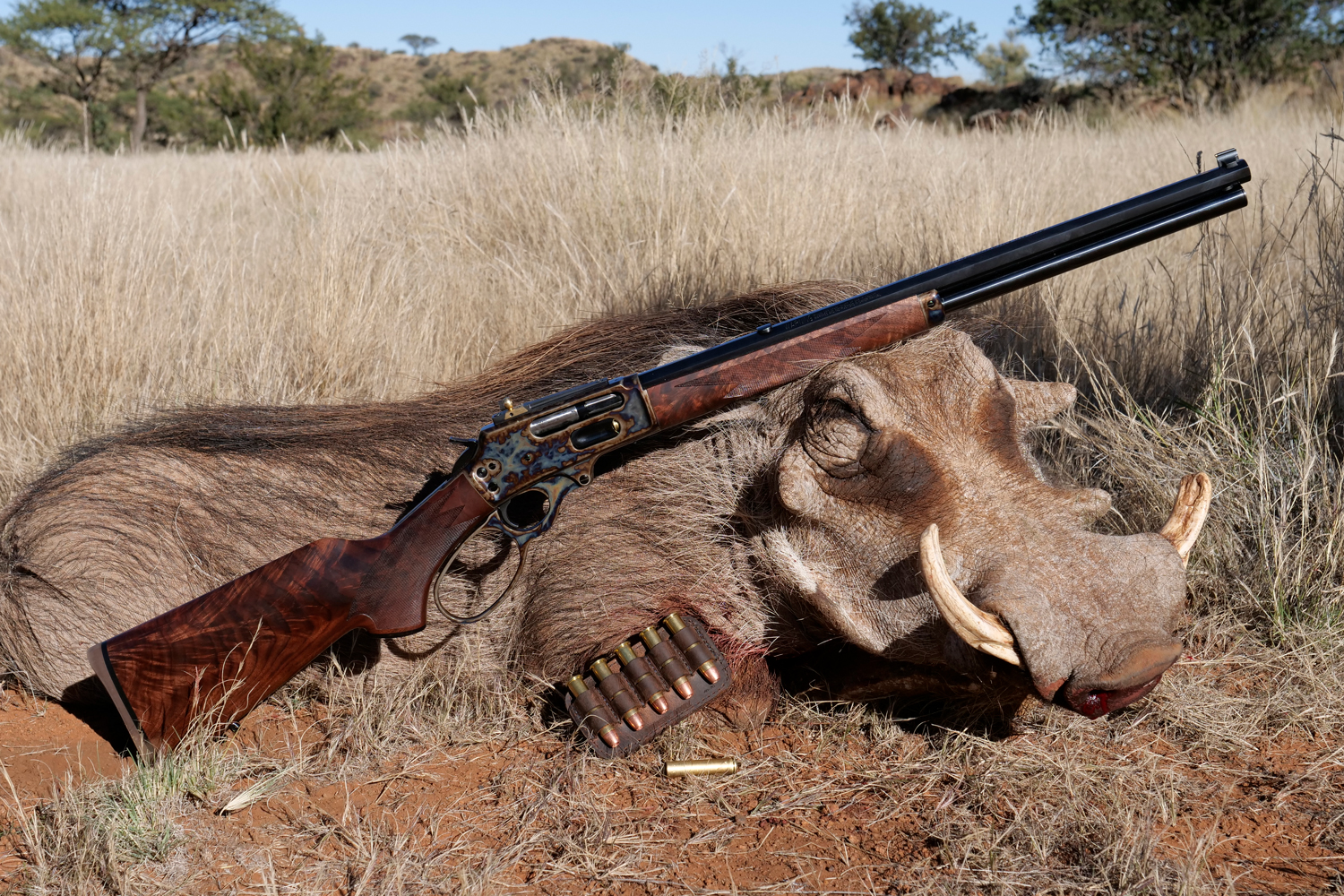
An old military cartridge and an old cowboy rifle (Marlin 1895) teamed up to settle this fully modern warthog.
What this foreshadows, if anything, for the likes of the 277 Fury remains to be seen. The .277, aka 6.8x51mm Common Cartridge, is the U.S. military’s replacement for the 5.56 NATO. If history dating back to the birth of the 45-70 is indicative, the 80,000 psi 277 Fury, which delivers 270 Winchester performance from a 16-inch barrel, could become a standard.
Yes, thanks to that chamber pressure, the Fury drives a 140-grain .277-inch bullet 3,000 fps from a barrel that makes a traditional carbine look long. This is convenient when maneuvering in and around buildings, doors and Bradley fighting vehicles, but might not translate to useful on Brook’s Range tundra ridges. Or even Ohio oak woodlands. While the 277 Fury is inarguably a ballistics advance, it excites this veteran of 54 big game seasons not at all for several reasons, the most significant of which is his long experience and success with extant, earlier “military cartridges.” Pragmatically, if I can’t successfully conclude a hunt with a 30-06 Springfield, 6.5×55 Swede or even a 223 Remington, it’s not the cartridges’ fault. This goes a long way toward explaining why I recently ordered a new rifle chambered in 7×57 Mauser.

